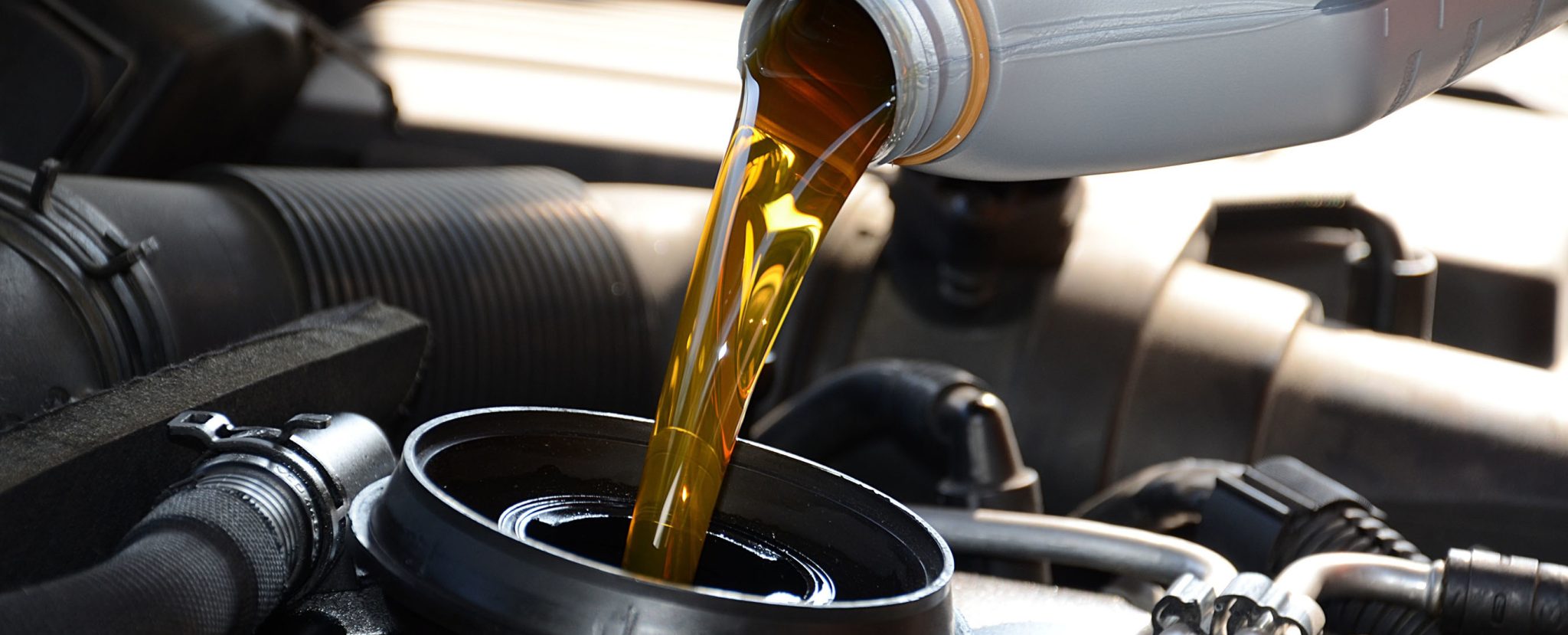Oil is a crucial component of a car’s engine for cooling purposes and for reducing corrosion and wear and tear on moving parts. A large black spot on the floor under your engine could indicate an oil leak. Below are some points to consider when driving with an oil leak.1,2
Make sure it’s an oil leak
Even though new cars should not be leaking oil, some vehicles produce traces of oil which should not be an issue. More importantly, it’s essential to determine what kind of fluid is leaking. There are many types of car fluids, such as engine oil, transmission oil, coolant, and differential oil. To establish the fluid’s colour, use a white cloth to wipe up the puddle. Engine oil has a brown-to-yellow colour but can be very dark if it’s old. Coolant can be a blue colour.2
Leaking oil can be dangerous
Leaking oil can damage rubber hoses or seals and even catch fire in the engine bay, which could cause immediate engine failure and injure car occupants. Don’t address the problem by filling up with more oil, as your engine remains a potential fire hazard, rather get the oil leak quickly checked by a certified service provider. 1,2
What are some signs of an oil leak?
One way to make sure an oil leak is fresh is to place several sheets of paper on the floor under the engine. This should also give you a good idea about the size of the leak. Other clues are the typical smell of burning oil when it lands on hot engine parts and blue smoke coming from the exhaust pipe.1
The best way to detect an oil leak
Inspect the engine’s dipstick regularly to see if the oil level is dropping rapidly. The oil level should always be between the maximum and minimum marks. Never drive a car if the oil level is below the minimum mark. Some modern cars have an oil level display that shows if the oil level is low.1,2
Where is the source of the oil leak?
Try and locate the leak in the engine bay or underneath the car. This may be difficult if the leak is minimal. As the leak increases in size, you may be able to spot its source while the engine runs.2
The domino effect
Provided the oil leak you are monitoring is small, and the oil level doesn’t drop below the minimum level, driving the car for a short distance should be safe. But an oil leak can quickly grow larger, so ignoring it can lead to more significant and costly engine damage over time.1,2

Disclaimer
The purpose of this article is to show you if it’s safe to drive a car with an oil leak. 1,2
Are you sure you have sufficient cover should a bad oil leak damage your car’s engine? Experience our world-class client service while we at PMD will gladly assist you with any information about our affordable car insurance products. They have unique benefits, such as fixed premiums* and a reduce-to-zero excess*. T’s and C’s apply.
Consult a certified financial advisor for professional advice before buying a financial services product.
Sources:
1https://www.yourmechanic.com/article/is-it-safe-to-drive-with-an-oil-leak
2https://barsleaks.com/engine/safe-drive-engine-oil-leak/
This article was prepared by Eric Sandmann in his personal capacity. The views and opinions expressed in this article are the author’s own. The views and opinions in the article should not be attributed to anyone but the author unless expressly stated. Nothing in this article should be relied upon as advice, this publication is presented for informational purposes only. No person should act or refrain from acting in reliance on any information found in this article, without first obtaining proper financial advice from the appropriate professional. The author makes no claims, promises or guarantees about the accuracy, or completeness, of any information linked from, referred to, or contained in this article. The author reserves the right, to edit and change the content of this article.


























